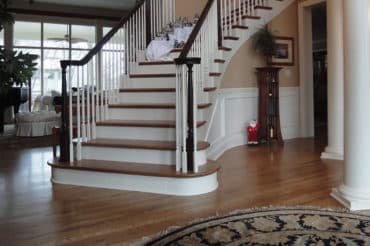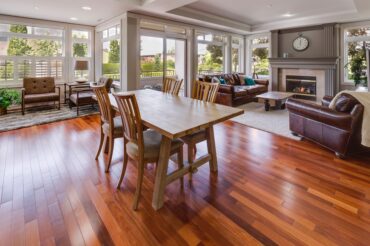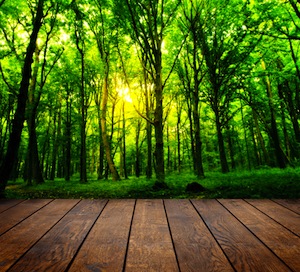
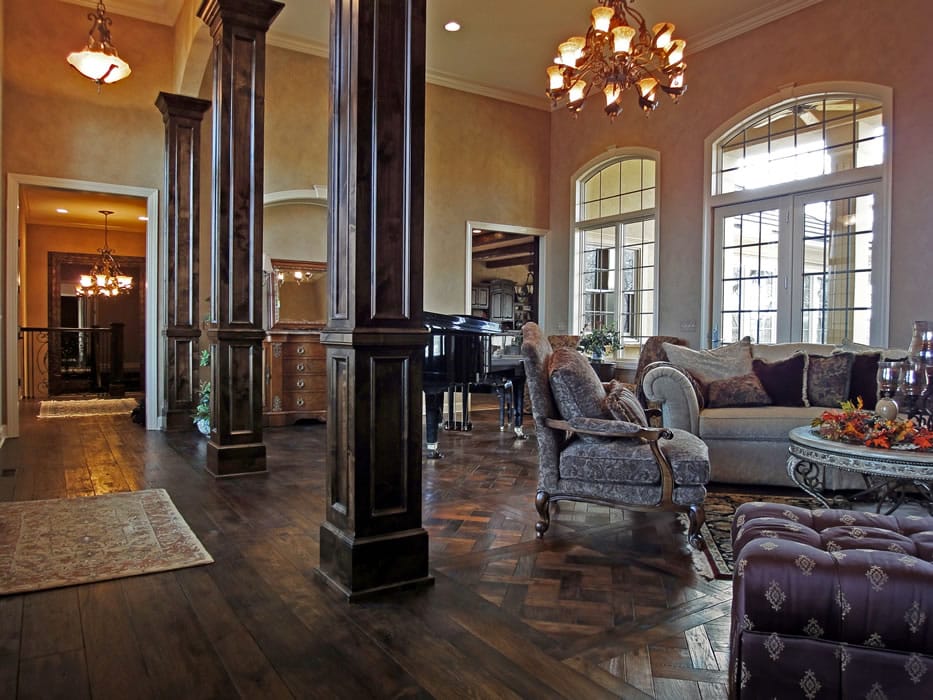
In fact, since 1953, the inventory of standing hardwood in the U.S. has grown by more than 90% and is currently estimated at 328 billion cubic feet. So what are some of the other environmental benefits of choosing hardwood floors? Here are just a few:
At SVB, we believe the difference is in the details. Find out more about our installation process and how we earned 2016 Wood Floor of the Year.
Wood Is Carbon Neutral
Wood produces oxygen while it’s growing and stores carbon during its service as lumber for building homes, or as furniture, flooring, etc. In addition, production of hardwood flooring causes minimal emission of carbon dioxide, and no emission of other particulates that contribute to global warming such as methane and nitrogen oxide. Furthermore, wood floor production uses less water and energy than is required to produce other types of flooring.
Wood Floors Last Longer
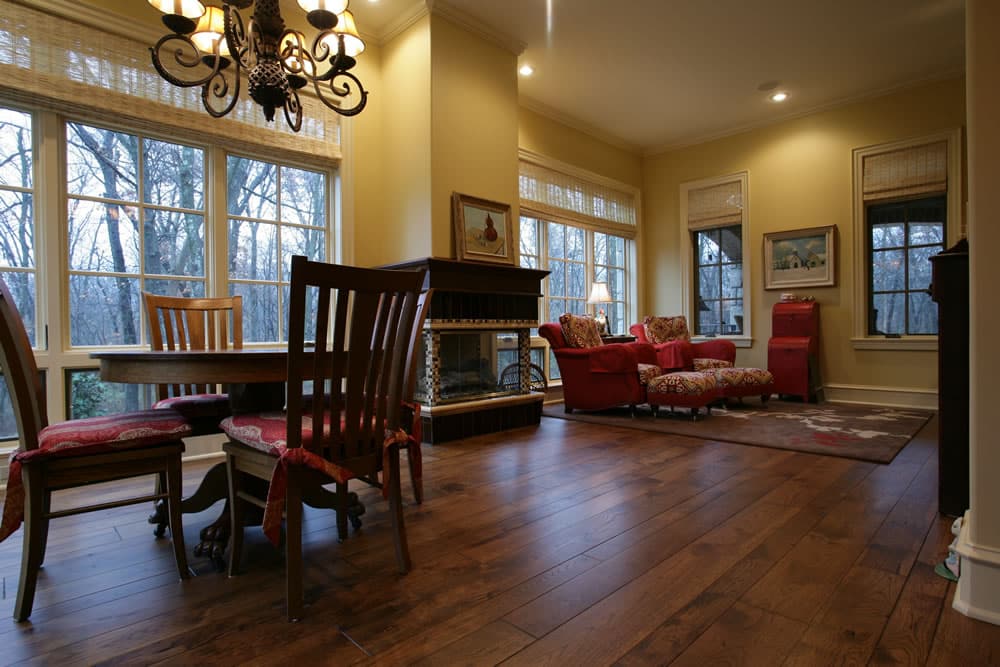 According to the National Association of Home Builders, because hardwood flooring can potentially last hundreds of years, it won’t need replacing nearly as often as other flooring options. Plus, at the end of its life, hardwood flooring can be burned for fuel or recycled into other useful products.
According to the National Association of Home Builders, because hardwood flooring can potentially last hundreds of years, it won’t need replacing nearly as often as other flooring options. Plus, at the end of its life, hardwood flooring can be burned for fuel or recycled into other useful products.
Related Read: Flooring Options: Which Is Best for ROI?
Better Indoor Air Quality
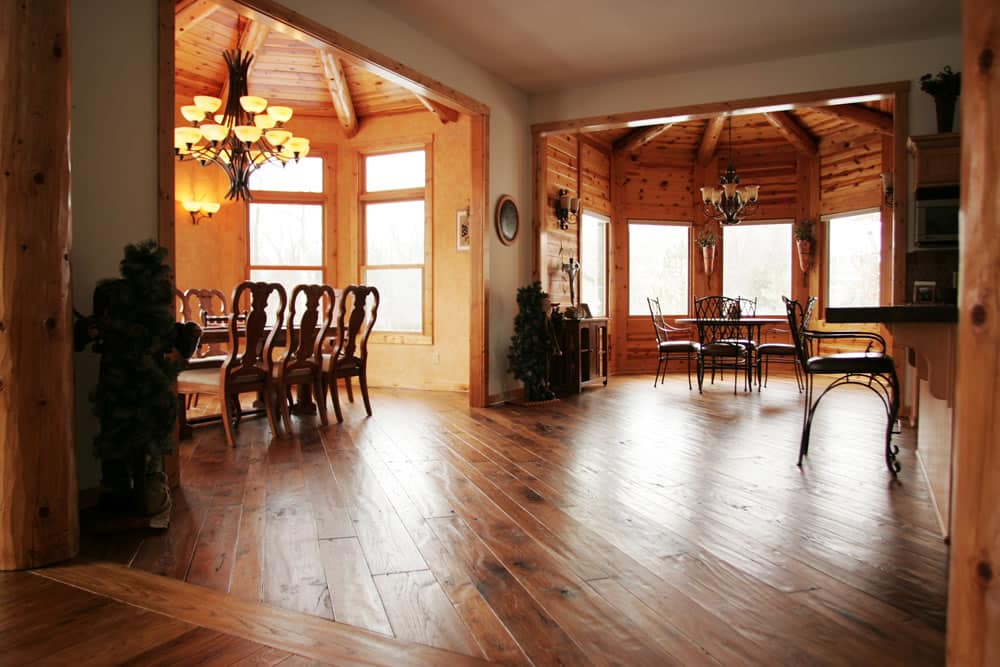 According to the U.S. Environmental Protection Agency (EPA), indoor air quality is much better with hardwood floors. This is echoed by the Asthma and Allergy Foundation of America (AAFA), who say that hardwood floors are an “ideal choice for people suffering from allergies or asthma.”
According to the U.S. Environmental Protection Agency (EPA), indoor air quality is much better with hardwood floors. This is echoed by the Asthma and Allergy Foundation of America (AAFA), who say that hardwood floors are an “ideal choice for people suffering from allergies or asthma.”
There are so many practical, environmentally sound reasons, apart from its warmth and beauty, why hardwood flooring is the number one flooring choice of homeowners across America.
Related Read: Allergies That Won’t Go Away? Your Carpet May Be The Culprit
Have more questions? Contact us online or give us a call today at (816) 965-8655. Big or small, we’d love to help with your next hardwood flooring project.


